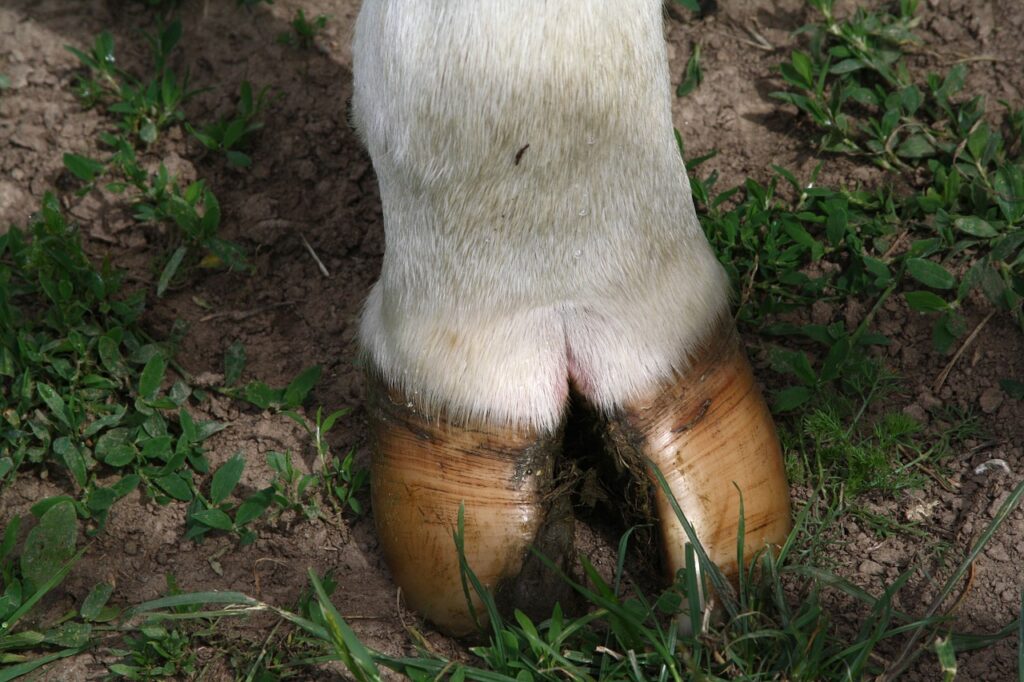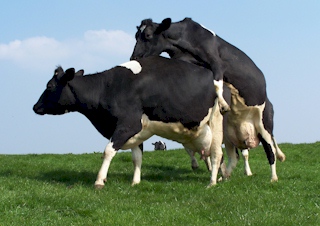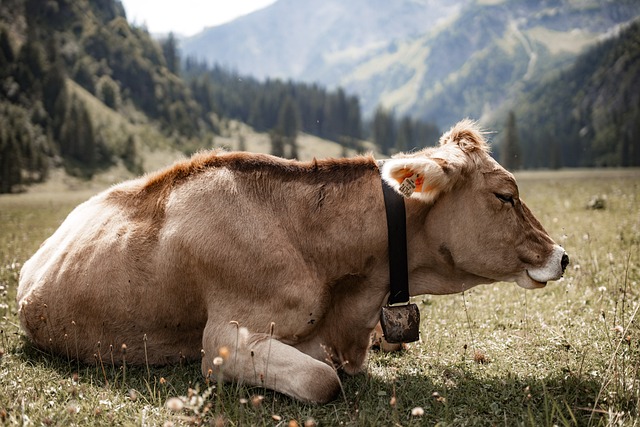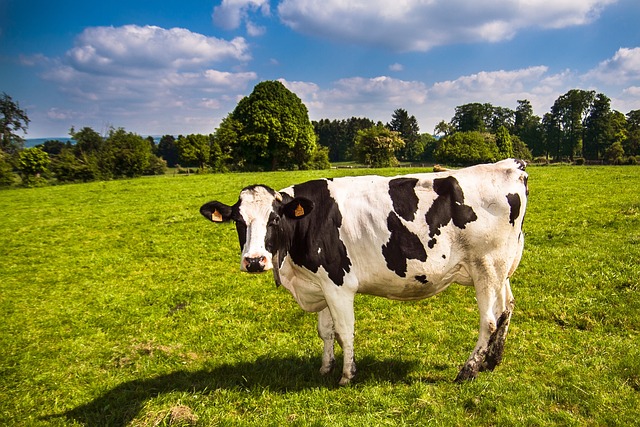Cattle foot rot, an acute and highly infectious disease, poses a significant threat to the health and well-being of cattle. Characterized by swelling and lameness, this painful condition can become chronic without prompt and effective treatment. In this comprehensive article, we explore the causes, signs, prevention strategies, and the crucial steps for treating cattle affected by foot rot.
Causes of Foot Rot:
Foot rot is primarily caused by bacteria, with Fusobacterium being the most significant culprit. These bacteria are present in feces, making the disease more prevalent in dirty environments and challenging to control. The bacteria thrive in wet and muddy conditions, making cattle more susceptible when walking in contaminated areas.
Transmission and Vulnerability:
The bacteria causing foot rot are natural residents of the cattle environment but require an entry point to infect. Injuries to the foot, especially the skin between the toes, provide an opportunity for foot rot bacteria to penetrate and infect the skin and underlying tissue. Wet, muddy conditions soften the skin, making injuries more frequent. Adult cattle are more commonly affected, and local breeds appear to show greater resistance than European breeds.
Signs of Cattle Foot Rot:
- Inter-digital Wound: Infection begins with a wound in the inter-digital skin.
- Local Inflammation: The infection spreads, causing a larger lesion with inflammation.
- Pus Formation: The lesion becomes smelly and oozes pus.
- Claw Separation: Infection spreads into the claws, causing separation between the hooves and the bone.
- Weight Bearing Issues: Animals stop putting weight on the affected foot, leading to weakened hooves.
- Joint Infections: In severe cases, the joint above the hooves can become infected.
- Pain and Lameness: The disease causes severe pain, lameness, fever, loss of appetite, reduced milk production, and may necessitate culling.
Spread: The condition typically starts in one cow and slowly spreads to other animals, usually affecting one limb only.
Preventive Measures:
- Maintain Clean and Dry Grounds:
- Especially crucial in zero grazing setups; use sawdust to keep surfaces dry.
- Smooth Concrete Surfaces:
- Ensure even and smooth concrete surfaces to prevent injuries to hooves.
- Regular Cleaning:
- Frequent cleaning, sweeping, and scraping of hard surfaces to remove manure; regularly remove dung and mud from the boma.
- Effective Drainage:
- Drain areas around drinking troughs, gateways, and frequented tracks.
- Hoof Maintenance:
- Trim hooves regularly to prevent overgrowth; cut off any excess when observed to maintain normal shape.
- Selective Breeding:
- Avoid or cull offspring from cows with soft hooves, as they are more susceptible to foot rot.
Treatment:
Treatment must commence as soon as possible. For existing lesions, wash the affected foot, especially the skin between the claws, with hot water (as hot as can be tolerated); then apply an antiseptic solution for effective wound management.
Conclusion:
Cattle foot rot demands vigilant preventive measures, prompt identification of signs, and immediate treatment to mitigate its impact. By adhering to proper management practices, including cleanliness, hoof maintenance, and selective breeding, farmers can create an environment that minimizes the risk of foot rot and ensures the overall health and productivity of their cattle. Early intervention is key to preventing the progression of this painful and debilitating disease.





